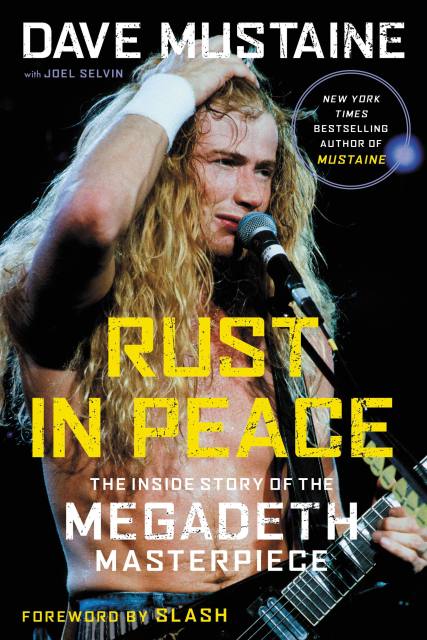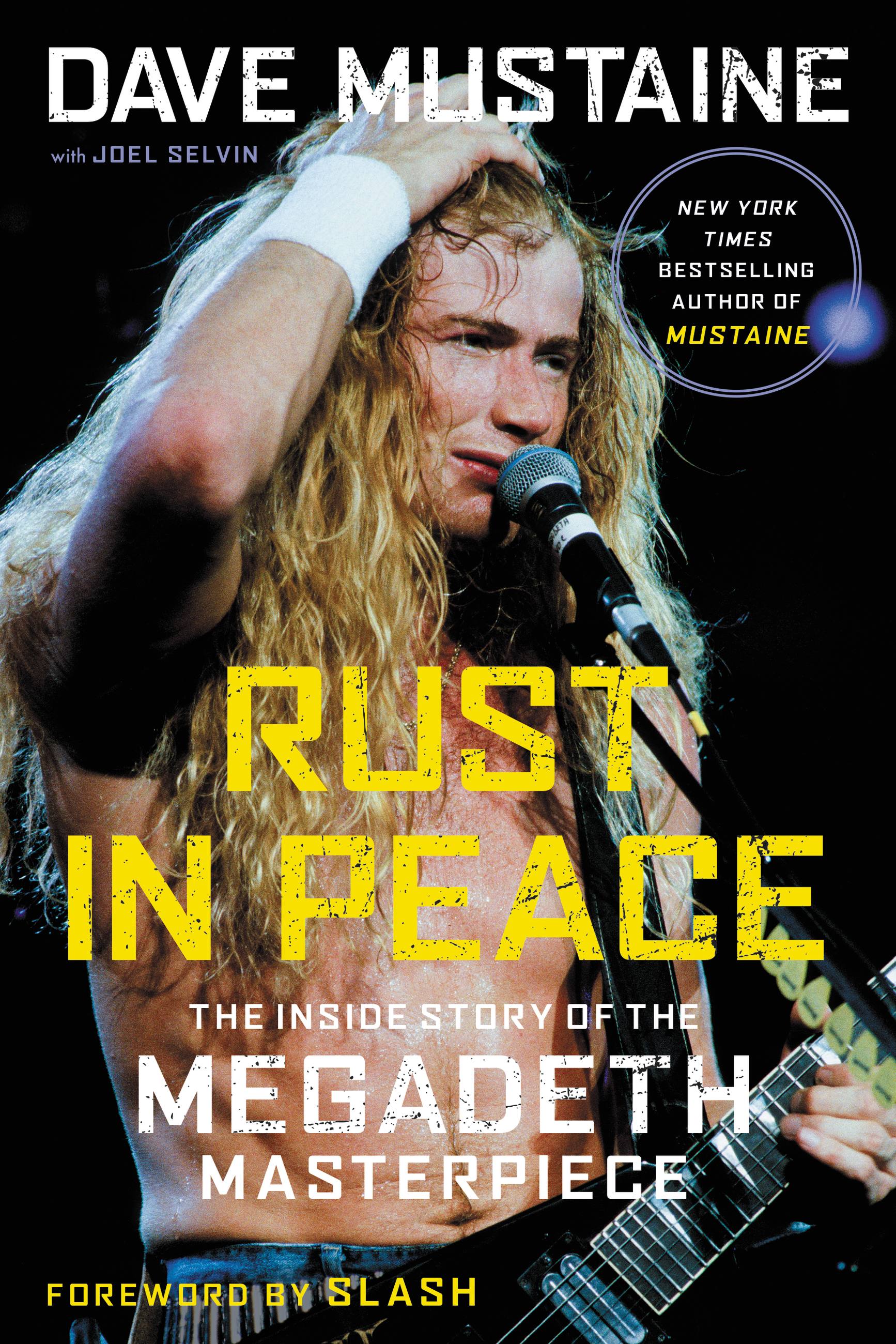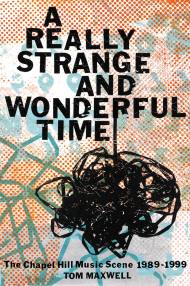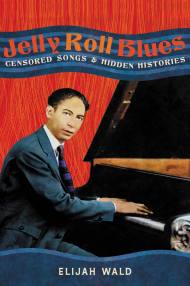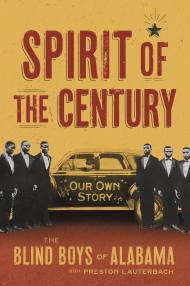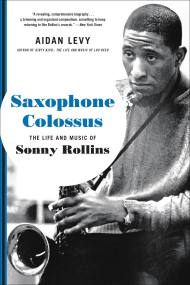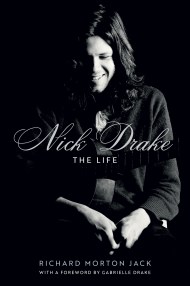Promotion
Use code MOM24 for 20% off site wide + free shipping over $45
Rust in Peace
The Inside Story of the Megadeth Masterpiece
Contributors
With Joel Selvin
Foreword by Slash
Formats and Prices
Price
$12.99Price
$16.99 CADFormat
Format:
- ebook $12.99 $16.99 CAD
- Hardcover $28.00 $35.00 CAD
- Audiobook Download (Unabridged)
- Trade Paperback $17.99 $22.99 CAD
This item is a preorder. Your payment method will be charged immediately, and the product is expected to ship on or around September 8, 2020. This date is subject to change due to shipping delays beyond our control.
Also available from:
When Rust in Peace was released in 1990, the future of Megadeth was uncertain. Fresh off their performance at the record-breaking Monsters of Rock festival, and with knockout new albums from Slayer, Anthrax, and Metallica dominating the charts, the pressure to produce a standout statement record was higher than ever.
In Rust in Peace: The Inside Story of the Megadeth Masterpiece, the band's lead vocalist and guitarist, Dave Mustaine, gives readers a never-before-seen glimpse into the artistry and insanity that went into making the band's most iconic record. He recounts the arduous task of hiring the band and supporting cast, of managing egos and extracurriculars during the album's ensuing success, and succumbing to the pressures of fame and fortune—which eventually forced the band to break up.
And yet, Megadeth's demise was just the beginning; the birth pangs of the record were nothing compared to what came next. Alcohol, drugs, sex, money, power, property, prestige, the lies fed to the band by the industry—and the lies they told each other-threatened to eat away at the band's bond like rust, devouring it until only the music survived.
Featuring a foreword by Slash
Genre:
-
Geeks of Doom, "Fall 2020 Book Recommendations"
Jam Base, "Top Music Books of 2020"
-
Apple Books Bestseller
-
"You cannot discuss heavy metal without mentioning Dave Mustaine and Megadeth. I've known these guys since their beginning. We took them on their first national tour. This is one of the bands that sharpened the cutting edge of metal. This book tells the roller coaster story of their iconic album Rust in Peace and delves into their personal struggles to keep it all together while dealing with addiction. This struggle and eventual success is one of the things that make Dave Mustaine and Megadeth as a band so compelling. They went through it all and then some, and they came out the other end of it. It's one of the things we have in common. I am proud to have had a small hand in their sobriety during this period of their career. This book is a must read for metal fans. Herein lies their story-Glory, Destruction and Redemption."Alice Cooper
-
"I have a tremendous amount of respect for Dave Mustaine. Dave's always stayed true to himself and has never been interested in chasing musical trends. If you ask me that's been the key to Megadeth's success and longevity in this business."Ozzy Osbourne
-
"Rust in Peace is an album that means so much to so many it's worthy of this book solely dedicated to it. And now I can't wait for the movie!"Scott Ian of Anthrax
-
"The drug-fueled mayhem, the riots, the riffs. The triumphs and the tragedies, no holds barred. I already considered myself a knowledgeable Megadeth aficionado, but I could not put this book down! I thoroughly enjoyed taking the trip with 'Deth on a journey that, against all odds, leads us up to the rebirth of the band and one of the true masterpieces of the Thrash Metal genre."Michael Amott ofArch Enemy
-
"An amazing and frank look into the behind the scenes of the making of one of the greatest albums in heavy metal history."Brian Slagel, Chairman/CEO, Metal Blade Records
-
"Rust in Peace is probably the greatest Megadeth recording ever. Great line up, great songs and great sound. I admire Dave's style to this day. He really plays his ass off on this!!"Kerry King of Slayer
-
"With a foreword by Guns n' Roses' guitarist Slash, and a who's-who of music industry participants, this rollicking history is a no-brainer for metal fans."Publisher's Weekly
-
"An appropriately spiky telling of the tale of a dangerously spiky record."Kerrang!
- On Sale
- Sep 8, 2020
- Page Count
- 208 pages
- Publisher
- Hachette Books
- ISBN-13
- 9780306846038
Newsletter Signup
By clicking ‘Sign Up,’ I acknowledge that I have read and agree to Hachette Book Group’s Privacy Policy and Terms of Use
